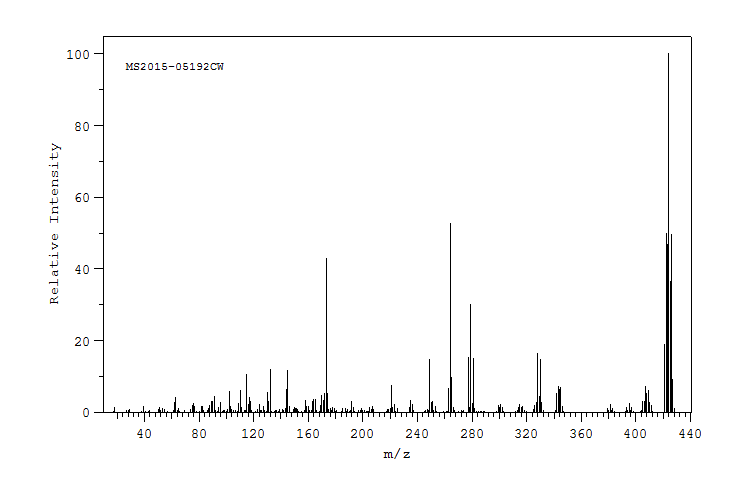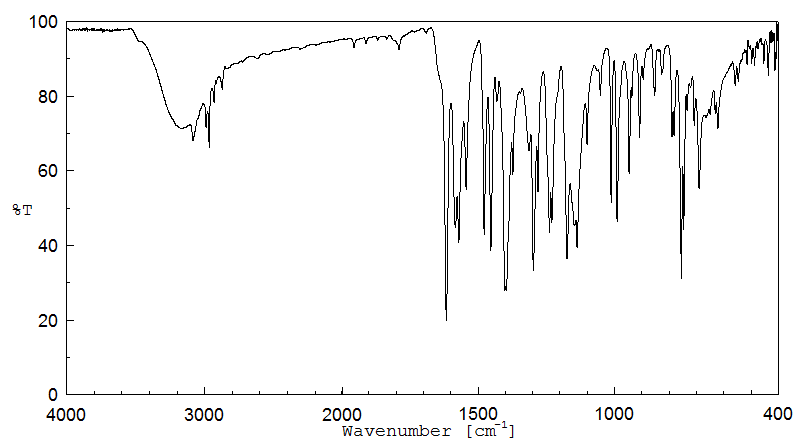毒理性
在苯溴马隆治疗期间,罕见的肝脏测试异常已被报道,在临床试验中仅发生在0.1%的患者中。此外,直到20世纪80年代末,它被广泛使用多年而未见有肝毒性的报告,此后发表了几例在苯溴马隆治疗期间发生的急性肝损伤和急性肝衰竭的案例。肝损伤发生在治疗1到6个月后,表现为黄疸和疲劳,通常伴有肝细胞酶升高的模式。免疫过敏症状(皮疹、发热)不常见。在一些病例中报告了低水平的自身抗体,如果不停用苯溴马隆,肝脏组织学检查可显示慢性活动性肝炎。停止治疗后,病情通常在1到3个月内缓解。苯溴马隆引起的肝损伤与苯扎隆报道的类似,苯扎隆是一种结构相关的药物,曾用于治疗外周血管疾病,但也因对肝毒性的担忧而被撤回。
Liver test abnormalities have been reported to occur rarely during benzbromarone therapy, in only 0.1% of patients in clinical trials. Furthermore, it was used widely for many years without reports of hepatotoxicity until the late 1980s, after which several cases of acute liver injury and acute liver failure during benzbromarone therapy were published. Hepatic injury arises after 1 to 6 months of therapy presenting with jaundice and fatigue, usually with a hepatocellular pattern of enzyme elevations. Immunoallergic symptoms (rash, fever) are uncommon. Low levels of autoantibodies have been reported in some cases with liver histology demonstrating chronic active hepatitis, particularly if benzbromarone is not stopped promptly. Upon stopping therapy, resolution is typically within 1 to 3 months. The hepatic injury from benzbromarone is similar to that reported with benzarone, a structurally related drug that was used for peripheral vascular disease, but also withdrawn also because of concerns over hepatotoxicity.
来源:LiverTox










